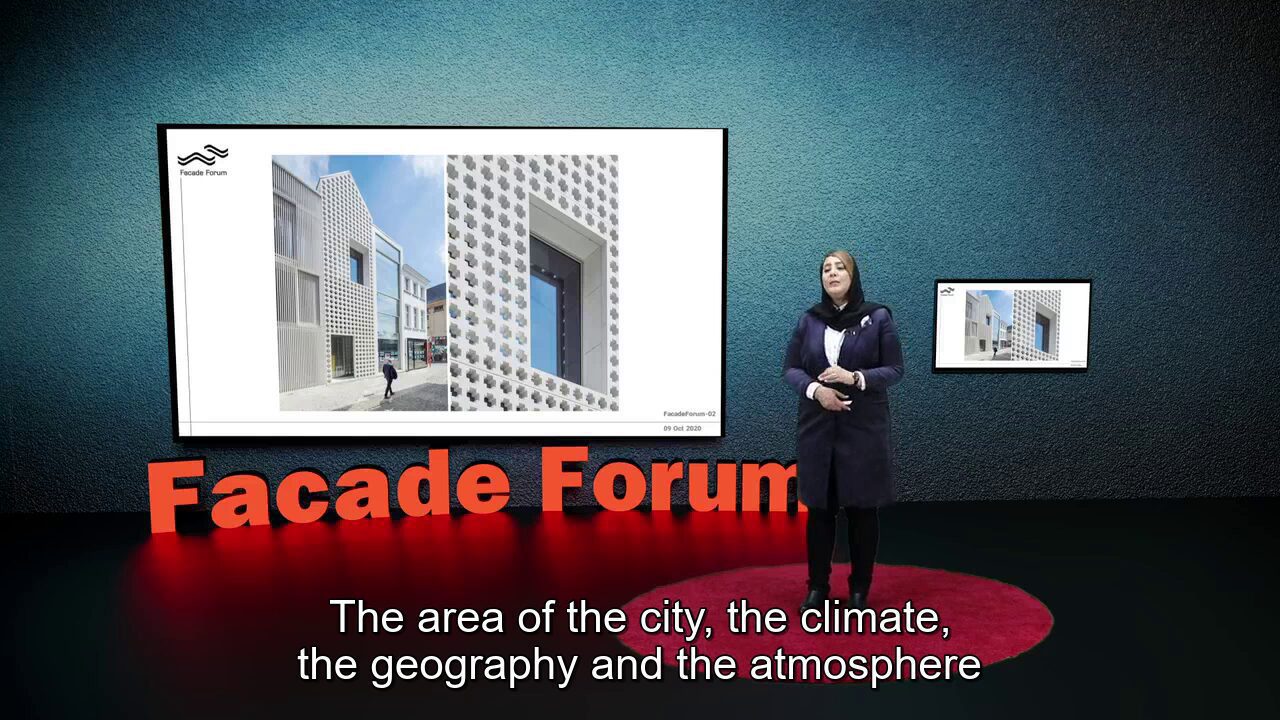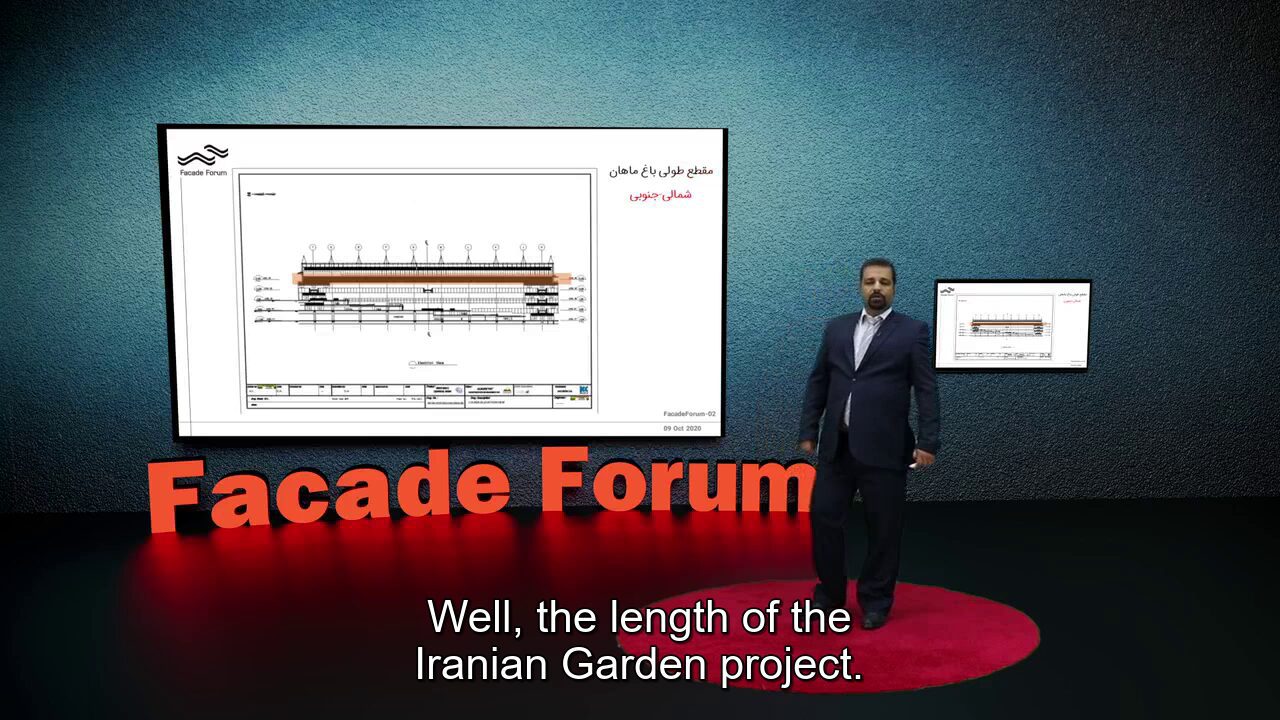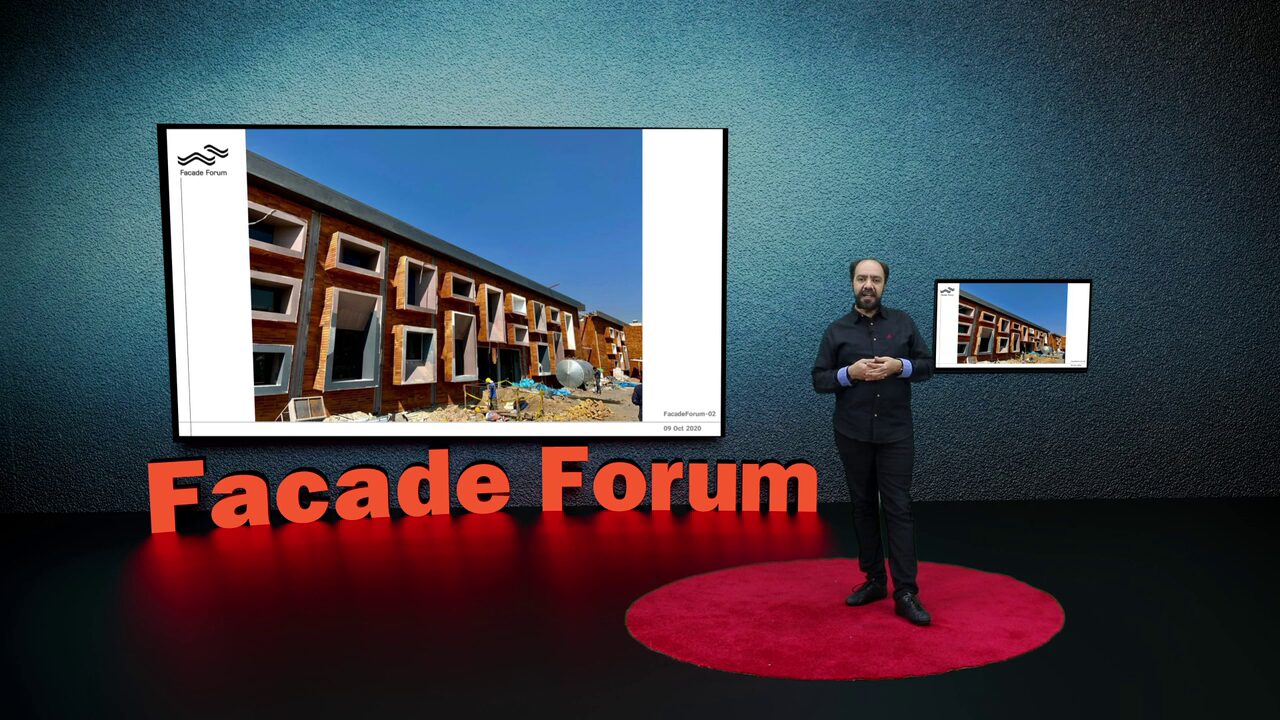در یکی از جلسات اخیر انجمن نما، آقای احسان مالکی، معمار جوان و خلاق ایرانی که به خاطر کارهای نوآورانهاش در دفتر معماری آتی زیست شناخته شده است، دیدگاهها و تجربیات خود را در یک ارائه جذاب به اشتراک گذاشت. محور صحبتهای مهندس مالکی حول پیچیدگیهای دستیابی به ساختمان خوب و سفر تبدیل آرزوهای یک معمار از ایده تا واقعیت بود. در اینجا بازتابی از سخنان آموزنده مالکی آورده شده است.
تعقیب رویای ساخت و ساز عالی
مهندس احسان مالکی با طرح یک سوال تفکربرانگیز شروع میکند: “چرا ساخت یک ساختمان خوب آنقدر دشوار است؟” او به ابتدای کار خود در سال 1982 بازمیگردد، زمانی که او به همراه سه همکار دیگر برای تشکیل بهترین تیم ساخت و ساز تلاش کردند. با وجود اشتیاق و تلاش مشترک، آرزوی آنها به واقعیت تبدیل نشد، که منجر به بسته شدن اولین دفتر آنها شد. این ناکامی باعث نشد که احسان مالکی ناامید شود، بلکه اراده او برای دنبال کردن چشمانداز خود را تقویت کرد.
سفر پشتکار و یادگیری
راوی سپس ما را از طریق پیگیری بیوقفه ملکی برای برتری معماری همراهی میکند. او با انرژی تازهای دفتر دوم خود را باز کرد، با این تصمیم که در صنعت ساخت و ساز اثری به جا بگذارد. مالکی با طنز به نامگذاری دفتر پس از آدم و حوا اشاره میکند، که نمادی از شروعی تازه است. با وجود شروعهای متواضع در ساختمان کوچک و قدیمی، تیم با آرزو و رویای مشترکی از ساخت ساختمانهایی که به عنوان نماد مهارت و خلاقیت آنها باقی بماند، سوخت گرفته بود.
مواجهه با چالشهای دنیای واقعی
مالکی به صادقانه چالشهایی که در تبدیل رویاهای معماری به واقعیت مواجه شدند، اشاره میکند. او از هیجان و انتظار کار بر روی یک پروژه امیدوارکننده در مشهد میگوید، فقط برای اینکه با واقعیتهای سخت صنعت ساخت و ساز روبرو شود. با وجود تلاشهای تیم، اولین پروژه بزرگ آنها با چشمانداز اولیه آنها همخوانی نداشت، که فاصله بین آرزو و اجرا را نشان میدهد.
نگاهی به دیدگاه معمار
قلب ارائه موسس آتی زیست در رویکرد فلسفی او به معماری است. او به زیبایی بین تکامل پوشاک به عنوان بازتابی از فرهنگ، هویت و فناوری و نقش معماری در جسم بخشیدن به هویت جمعی و کارکرد فضاها، موازیسازی میکند. ملکی چالشی برای مفهوم سنتی نماها به عنوان پوششهای بیرونی مطرح میکند و خواستار دیدگاهی جامعتر به معماری است که هر عنصر در آن هدفمند و مرتبط است.
هدایت مسیر به سوی موفقیت
از طریق لنز پروژههای بعدی خود، ملکی فرآیند یادگیری، سازگاری و تکامل در تعقیب برتری معماری را نشان میدهد. او بر اهمیت همراستایی با افرادی که دیدگاه مشترکی دارند تأکید میکند و انعطافپذیری برای غلبه بر موانع. سفر مالکی شهادتی بر این ایده است که ساخت و ساز خوب فقط درباره ساختار فیزیکی نیست، بلکه درباره ادغام هماهنگ فرم، کارکرد و زیبایی شناسی است.
نتیجهگیری نهایی
ارائه آقای احسان مالکی در نشست نما نه تنها روایتی از سفر حرفهای او بود، بلکه کاوشی عمیق در اصول فلسفی معماری است. روایت او به عنوان الهامبخشی برای معماران و سازندگان عمل میکند، آنها را تشویق میکند که فراتر از معمول بنگرند و به دنبال رویکردی عمیقتر و متحد به ایجاد فضاهایی باشند که با هدف و هویت مورد نظرشان همخوانی دارد. داستان ملکی یادآوری است که مسیر دستیابی به بزرگی معماری با چالشهایی همراه است، اما با پشتکار، همکاری و دیدگاهی واضح، دستیابی به رویاهای معماری کاملاً ممکن است.
In a recent session of the Facade Forum, Mr. Ehsan Maleki, a young and visionary Iranian architect known for his innovative work, including the Mashhad Innovation Factory, shared his thoughts and experiences in a stimulating presentation. The essence of Maleki’s discourse revolved around the complexities of achieving excellence in construction and the transformative journey of an architect’s aspirations from conception to realization. Here’s a reflection on Maleki’s insightful narrative.
Chasing the Dream of Superior Construction
Maleki begins by posing a thought-provoking question, “Why is building good construction so difficult?” He recounts his early days in 1982, when he, alongside three colleagues, aspired to establish the best construction team. Despite their enthusiasm and collective effort, their ambition didn’t materialize into any concrete projects, leading to the closure of their first office. This setback, however, didn’t deter Maleki. It only strengthened his resolve to pursue his vision of creating exemplary constructions.
The Journey of Perseverance and Learning
The narrative then takes us through Maleki’s relentless pursuit of architectural excellence. He opened his second office with renewed vigor, determined to make a mark in the construction industry. Maleki humorously recounts naming the office after Adam and Eve, symbolizing a fresh start. Despite the modest beginnings in a small, old building, the team was fueled by ambition and a shared dream of constructing remarkable buildings that would stand as a testament to their skill and creativity.
Encountering Real-world Challenges
Maleki candidly shares the challenges faced in translating architectural dreams into reality. He describes the excitement and anticipation of working on a promising project in Mashhad, only to confront the harsh realities of the construction industry. Despite the team’s best efforts, their first significant project did not align with their initial vision, highlighting the gap between aspiration and execution.*A Glimpse into the Architect’s Vision
The heart of Maleki’s presentation lies in his philosophical approach to architecture. He eloquently draws parallels between the evolution of clothing as a reflection of culture, identity, and technology, and the role of architecture in embodying the collective identity and functionality of spaces. Maleki challenges the traditional notion of facades as mere external coverings, advocating for a holistic view of architecture where every element is interconnected and purposeful.
Navigating the Path to Success
Through the lens of his subsequent projects, Maleki illustrates the iterative process of learning, adapting, and evolving in the pursuit of architectural excellence. He emphasizes the importance of aligning with like-minded individuals who share a common vision and the resilience to overcome setbacks. Maleki’s journey is a testament to the idea that good construction is not just about the physical structure but the harmonious integration of form, function, and aesthetics.
Final Reflections
Mr. Ehsan Maleki’s presentation at the Facade Forum was not just an account of his professional journey but a profound exploration of the philosophical underpinnings of architecture. His narrative serves as an inspiration for architects and builders alike, urging them to look beyond the conventional and strive for a deeper, more integrated approach to creating spaces that resonate with their intended purpose and identity. Maleki’s story is a reminder that the path to achieving architectural greatness is fraught with challenges, but with perseverance, collaboration, and a clear vision, it is indeed possible to realize one’s architectural dreams.






